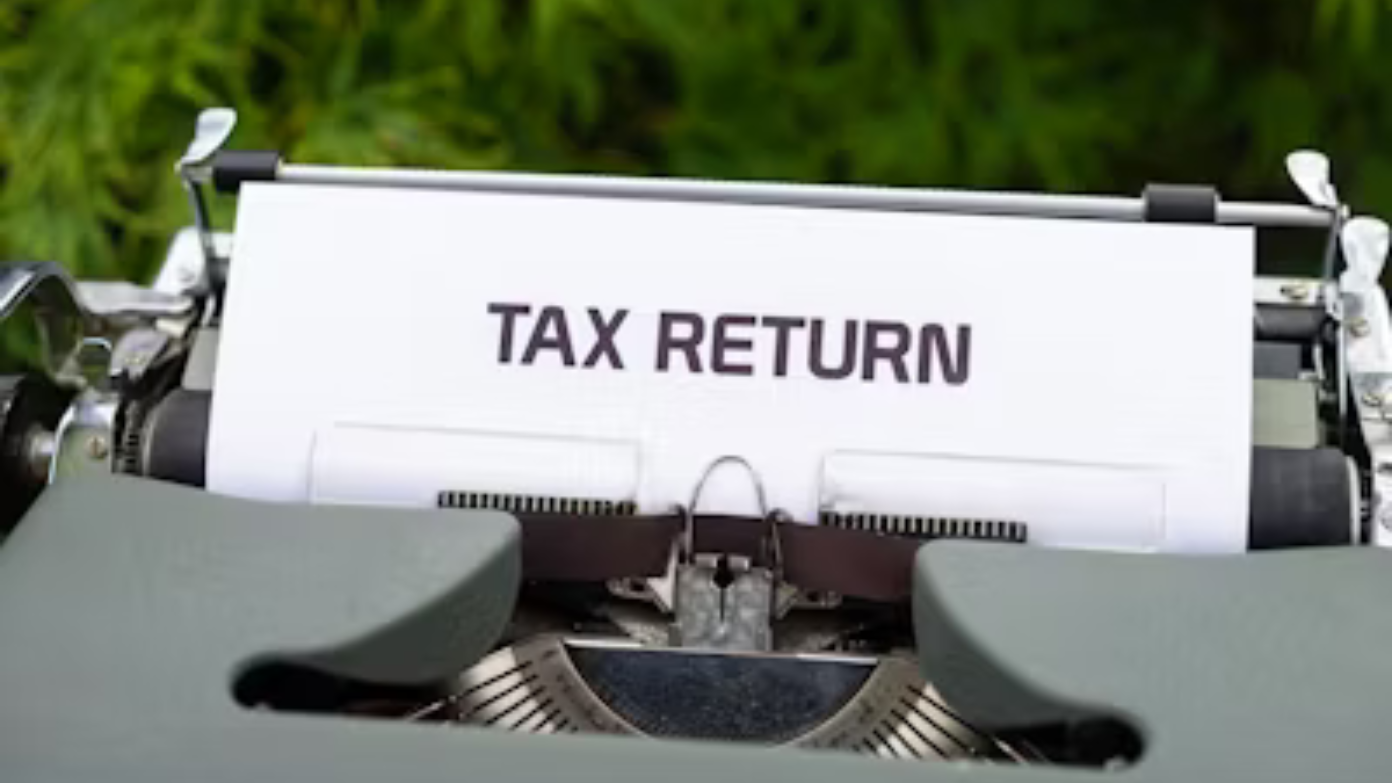The age of speedy IRS tax refunds is rapidly drawing to a close, as experts caution that taxpayers should prepare to wait much longer in 2026. The main cause of this drastic change is the huge employee cutback at the Internal Revenue Service, along with an all-time record modernization crisis and a complicated set of new tax law reforms that will swamp an already undermanned agency.
The employee crisis: A 26% cuts of IRS employees
The biggest shock to IRS refund processing capacity has been the catastrophic reduction in personnel. The agency lost anywhere from 102,113 to only 75,702 workers since January of 2025—a whopping 26% cut. This gigantic decline was seen across many avenues: more than 17,500 workers took buyouts under the Department of Government Efficiency’s “Deferred Resignation Program,” and thousands more left through lay-offs, early retirement, and normal attrition.
The reductions disproportionately affected critical divisions that handle refund processing. Taxpayer Services had more than 21% of its staff reduced, including critical personnel that respond to tax return processing and taxpayer correspondence. The Information Technology division lost 27% of its staff, compromising the agency’s ability to keep systems up-to-date and running that are critical in refund processing. Most worrisome, the audit division lost 31% of its revenue agents, and the ripple effect was felt in overall processing capacity.
National Taxpayer Advocate Erin Collins cautioned that although “the 2025 filing season was one of the most successful filing seasons on record,” the opposite is true for 2026: “with the IRS workforce 26% smaller and major tax law changes in limbo, there is peril facing next year’s filing season.”
Budget cuts exacerbate the staffing crisis
This reduction in staff is accompanied by strict cost-saving measures that reduce the agency’s activities further. The IRS budget is projected to fall by 37% between FY2025 and FY2026. Much of this reduction appears in the form of rescissions on almost $59 billion of the Inflation Reduction Act funding originally allocated for IRS modernization.
These budget reductions have brought necessary technology upgrades to expedite refund processing to a standstill. Seasonal employees, generally required for processing the tax season volumes, were cut by 27%, impacting directly jobs dedicated to processing paper returns and answering taxpayer phone calls. The delays’ perfect storm happens when budget reductions and staffing shortages converge.
Technology modernization in crisis
IRS runs on 1960s technology infrastructure with its core tax processing systems written in old programming languages such as COBOL. After investing billions to modernize, the agency has put its technology modernization on hold while it reassesses its strategy in the wake of budget cuts and shifting priorities.
The agency’s outdated technology is an inherent obstacle to streamlined refund processing. The IRS databases now contain approximately 60 individual case management systems, most of which do not interoperate well with one another. Such technological malfeasance results in operator intervention for mundane procedures, making processing times factorial when the agency does not have enough staff to process the workload.
A report by the Treasury Inspector General found that the IRS had listed 107 of its 334 legacy systems as “candidates for retirement” but planned to close only two. Without the appropriate personnel to pursue modernization efforts, such outdated systems will continue to form bottlenecks in the processing of refunds.
Tax law entanglements overwhelming understaffed employees
The 2026 filing season will be the most complex to date because of widespread legislative action involving far-reaching system modification and employee training. Trump’s “One Big Beautiful Bill” was enacted into law by Congress in July 2025 with retroactive applicability to tax years 2025. The provisions encompass the Employee Retention Credit modifications, termination of the IRS Direct File program, and several other provisions that must be coded immediately into the systems.
Retroactive tax legislation is especially concerning since they cause the IRS to reengineer forms, reprogram computers, and retrain employees under rigid time constraints. Previously, the agency has seen much larger volumes of calls and taxpayer disarray after years of significant tax law overhaul. With the heavily depleted staff, the IRS won’t be able to manage both the technical deployment and the additional taxpayer calls.
Read more: More bad news for Tesla: the reason sales are slumping

